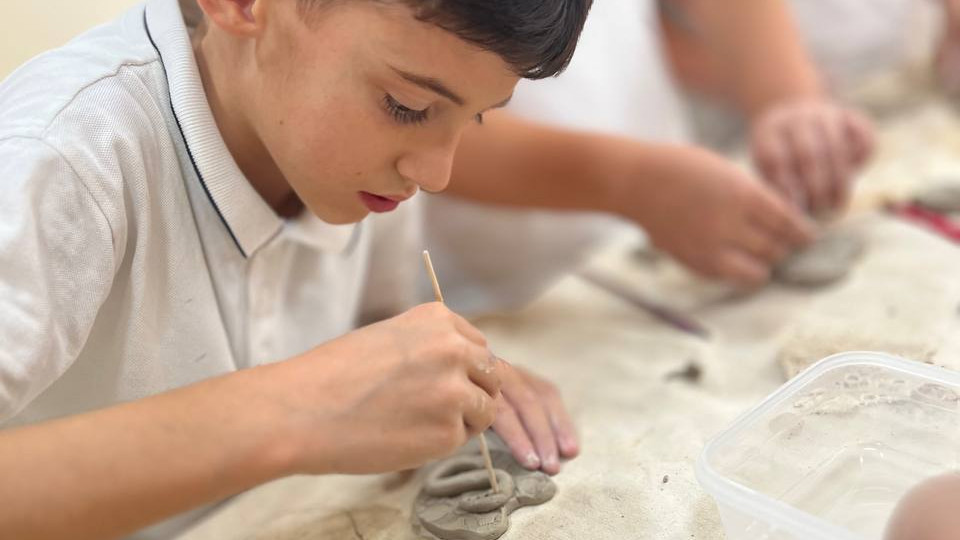
Pottery is one of humanity’s oldest and most fascinating creative activities. As early as the 8th–7th millennia BC, people learned to use clay to meet their everyday needs. The first clay vessels were made for storing water and food, but soon humans realized that clay was not just a material — it was also a means of expression. Through shaping clay objects, one of the first branches of art emerged — ceramics — which has traveled a long historical path to become an inseparable part of human culture.
In Armenia, pottery has a history as ancient as the civilization itself. Archaeologists have discovered numerous clay artifacts in Shengavit, Metsamor, Artashat, and other archaeological sites. These findings show that the inhabitants of the Armenian Highlands mastered complex clay-working techniques centuries ago, creating both household and ritual objects. The clay figurines and vessels found at Metsamor are considered some of the most valuable cultural treasures in the region, demonstrating the depth of our ancestors’ knowledge and their refined aesthetic taste.
Today, pottery is seen not only as an ancient craft but also as a therapeutic and educational practice.
In schools, working with clay helps children understand that history is not just something to learn about — it is something to feel, touch, and relive. When a student shapes a replica of an ancient pot or a prehistoric figurine, they become a young archaeologist — both explorer and creator. This method turns learning into a living process, connecting history, art, and psychology.
Pottery activities in schools serve three key purposes:
- They create a practical connection between ancient culture and modern life.
- They help develop a sense of patriotism and cultural identity.
- They nurture historical imagination, allowing students to see the past not as a list of dry facts, but as a living, breathing reality.
From a psychological perspective, clay therapy (clay art therapy) is widely used in many countries as a form of emotional support and self-expression. Psychologists note that clay is one of the most natural materials for children — it can be shaped, adapted, and transformed. When a child touches, molds, and shapes clay, they not only create something tangible but also experience inner calm and emotional balance. In this process, clay becomes a tool for communication, self-discovery, and even stress relief.
Incorporating clay therapy into school programs helps to:
- improve focus and attention,
- build self-confidence,
- develop creative and aesthetic thinking,
- reduce stress and tension.
At Usum School, pottery lessons held as part of the Psychology curriculum — along with excursions and creative workshops in the primary grades — serve not only as a bridge to the world of art but also as a wonderful example of interdisciplinary learning. These experiences combine history, technology, science, and artistic thinking, while also fostering teamwork and collaboration, since pottery often brings together students’ shared efforts and ideas.